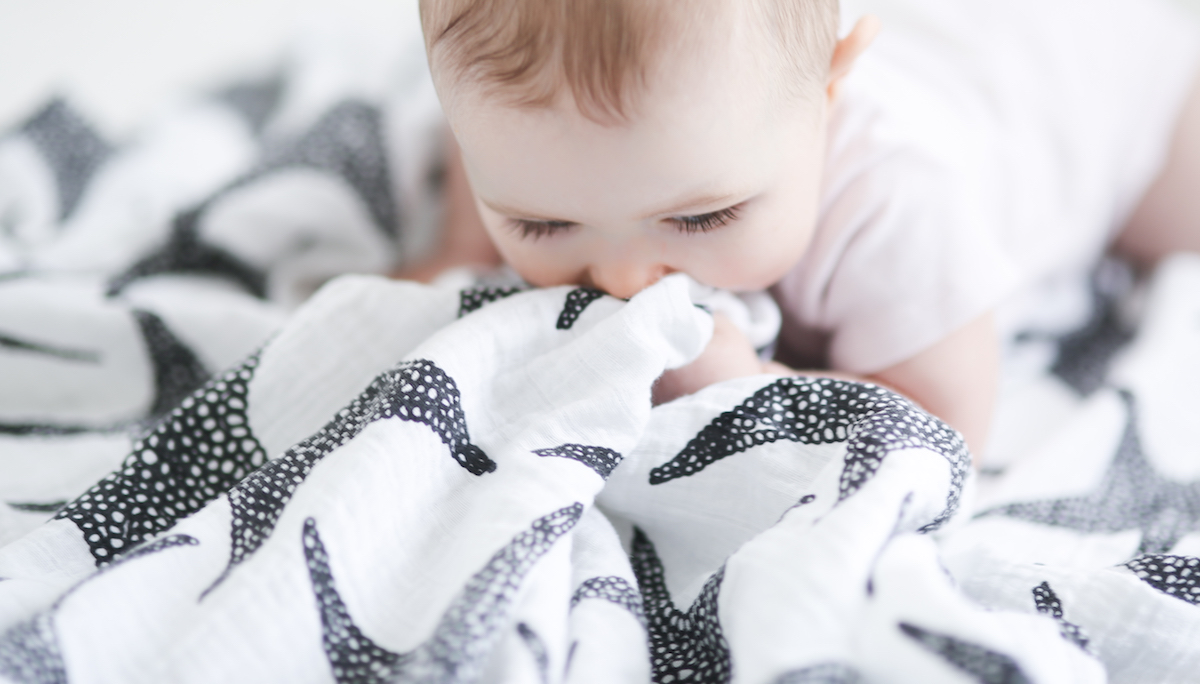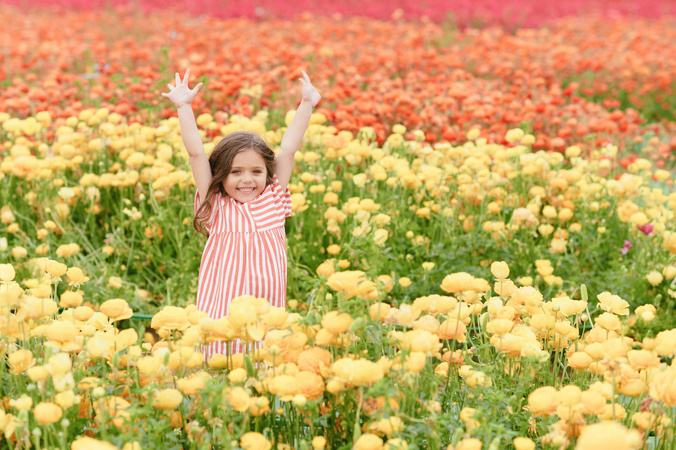
By Jennifer Fuller
Founder of Etta Loves, Science-backed baby essentials
Did you know that sight is the least developed sense for newborns? Babies’ sight develops through their visual experience, by looking at the world around them, so incorporating sensory patterns helps build brain cell connections, activating and stimulating a child’s visual development. To help support your baby’s eyesight, you can find easy ways to incorporate sensory play into everyday life.
A baby’s eyes are anatomically fully formed at birth. However, the retina is the last part of the eye to develop, so if your baby is born significantly prematurely, then their visual development will track more closely to their due date.
An infant’s sight is very poor at birth. In the first few days of their life they can typically focus on a parent’s face at around 4 inches in front of them (approximately the distance between their face and yours in cradle hold.) This distance extends to 8-12 inches at around a month old. As vision is limited, it is much easier for an infant to see very high contrast objects, so black and white patterns will most easily fascinate them and attract their attention. Babies can detect patterns from birth and show a preference towards looking at them.

At around 2 months, babies will be able to tell red and green apart, and by 4-5 months they will be able to distinguish yellow and blue. But it’s not until around 9 months old that babies will develop an appreciation of more subtle pastel colors, so it’s a good idea to have a calming pastel or neutral nursery where you want them to be calm and not overstimulated. Think about bringing high contrast into the car, stroller or baby toys, to provide maximum stimulation and visual support during awake times.
Another stage in visual development is your baby’s ability to use their eyes together as a pair. Binocular vision, as it’s known, develops at 4-5 months after birth. It is common to see babies go cross-eyed intermittently in the early months, while the reflexes that keep the eyes straight continue to develop (if your baby is going cross-eyed quite regularly do consult a healthcare professional). Once babies can keep their eyes straight, the brain can take an image from each eye and combine them into one. All of a sudden, your baby will have a newfound appreciation of depth, with their new 3D vision.
The connections between the eye and brain form rapidly over the first 12 months of life, and a baby’s vision is vastly better by 1 year old, but it will continue to develop up until the age of 7 years old!

Watching your baby make sense of the world is incredible, and if you’re looking for an easy, practical and age-appropriate way to bring sensory play into the everyday, check out our range at us.ettaloves.com. We work with an NHS Orthoptist, an expert in children’s vision, to feed in precise colors, scales and patterns in line with what your baby can see. With science at the heart of Etta Loves, our baby essentials support your baby’s visual and cognitive development while giving you a moment of calm, as your baby stares blissfully. We design baby essentials that every new parent needs, but ours can also keep a car journey calm, make squirmy diaper changes instantly easier, and stop tummy time being a scream-fest. Etta Loves lets you enjoy a hot drink or even a moment to take in the wonder and enormity of parenthood.




